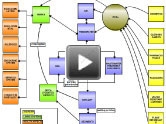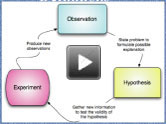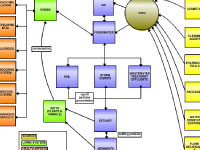|
|
|
||||||||||||||||||
About these Webinars: The ROLE Model webinars provide scientists with the opportunity to interact with educators and present their research in a non-traditional format - through multimedia concept maps created with the Concept Map Builder and presented through the Ocean Climate Interactive. [more]
About this Scientist:
Dr. Penny Vlahos is an assistant professor at the University of Connecticut. Dr. Vlahos has a background in chemical engineering and chemical oceanography, and has been researching the geochemistry of carbon. She is particularly interested in the global carbon cycle, which affects the biosphere, climate, and the cycling of other elements. Her group's current projects include investigating the fluxes of organic compounds (including both natural and man-made) in air and marine waters, the development of in situ chemical sensors and improving our understanding of how carbon cycles on our planet. [more]
About this Educator:
Sue Klemmer is a high school chemistry teacher at Camden Hills Regional High School in Rockport, ME. She participated in the COSEE-OS Educator-Scientist Climate Change Workshop at the Darling Marine Center in November of 2008, as well as the Teaching Sciences by Ocean Inquiry course offered by the University of Maine. [more]















